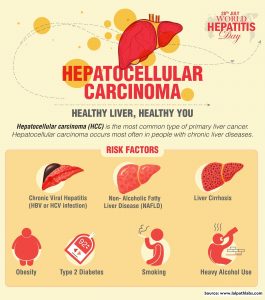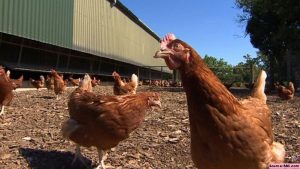The use of antimicrobials, specifically antibiotics, is not limited to humans, but also common in animals and plants. However, the overuse of these antimicrobial agents has made the situation more worrisome. This means that misuse has led to mutations, gene transfers in microbes making them stronger to survive in the presence of antimicrobials. Further, the spread of antibiotics in humans, animals and plants is increasing day by day. It has reached to a point that now antibiotics are slowly becoming part of our food chain. Therefore, the leading organizations like the Food and Agricultural Organization (FAO) for public health safety (Food and Agricultural Organization of the United Nations) made strict guidelines. These guidelines indicate the maximum residue limits (MRLs) in different food products. Further, it is reported that the situation is more dangerous in countries with low income and high population. Bangladesh, is a lower middle-income country which is highly overpopulated. Due to overpopulation, the demand for food sources, especially protein based is quite high. The rich source of the protein rich diets are food animals. It led to the establishment of extensive dairy, poultry, and aquaculture industries. This increased demand led to further increase in use of antibiotics in animals. Sadly, lack of awareness among farmers, there is no implication of the antibiotic withdrawal period.
Thus, the present study was conducted to understand the presence of antimicrobial agents in food originating animals in Bangladesh. The presence of antimicrobial residues in human food sources such as meat, milk, eggs, and fishes were estimated. Results showed that the liver contained the highest percentage of antimicrobial residues in layer chickens followed by broiler birds. The residues were found in liver, breast meat and kidney. The highest antibiotic was found to be Ciprofloxacin, then Enrofloxacin being the second most dominant. In the case of aquaculture food products, the highest amount of amoxicillin was detected in Tilapia fish.
The study indicates the urgent need to develop strategies to stop the overuse of antimicrobials in animals to lower the spread of the residues in food products. Good practices must be implemented by public health officials to ensure good quality of animal food products and thus clean and safe food chain.
To learn more, please visit the website of Trends in Food Science & Technology (Link).







